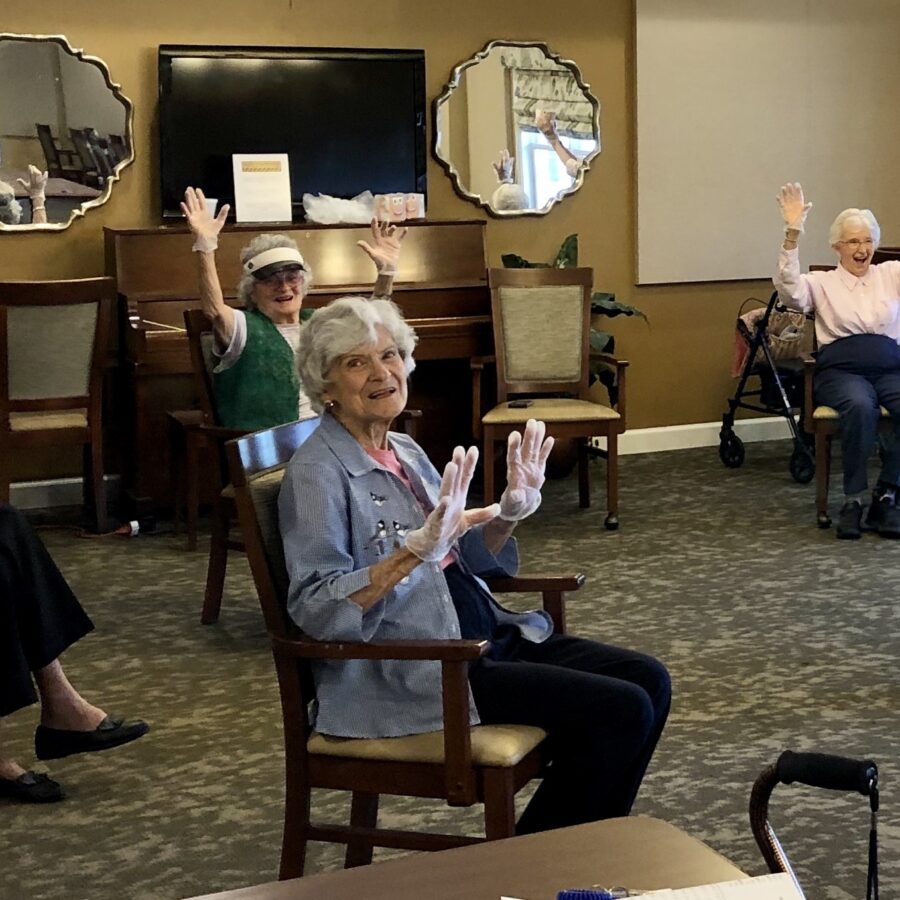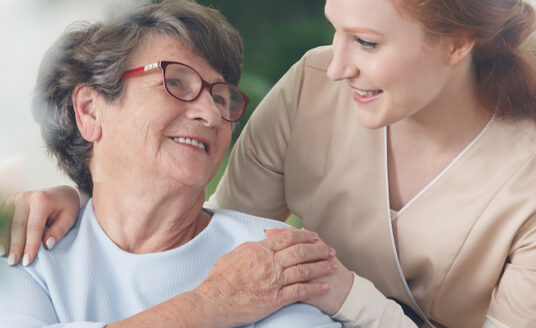The physical space between yourself and someone else, commonly known as social distancing, can play a major role in seniors avoiding COVID-19. It can take two to 14 days between the time someone is infected with the virus and when they begin to show symptoms, and therefore the assumption should be that the people with whom you come in contact could be contagious.
There is still much we don’t know about COVID-19, but there are some things we do know. First, it is primarily spread person-to-person in respiratory droplets released when someone with the virus coughs, sneezes or talks.
Second, there are no approved drugs to treat the virus or a vaccine to prevent it from occurring.
Third, the virus is particularly devastating for senior adults, especially seniors 65 and older with severe health conditions that have compromised their health.
According to The Centers for Disease Control and Prevention (CDC), those conditions include:
- asthma
- chronic kidney disease
- chronic lung disease
- hemoglobin disorders
- immunocompromised people
- liver disease
- heart conditions
- severe obesity
Anyone of any age with these health challenges is at a higher risk from COVID-19, as their body is not as able to defend itself from the virus.
Why Six Feet?
Person-to-person contact is widely recognized as a primary source of transmitting the virus. Staying at least six feet from another person is based on the belief that it is beyond the distance virus-containing droplets can carry from one person to the next. Other experts say the farther away you are from another person, the lower the risk of transmission. If you must be in a public space, do your best to maintain some distance from others and wear a mask.
Social Distancing at Bethesda
At Bethesda, the importance of social distancing for residents and staff is of utmost concern. At this time, restrictive visitation policies are still in effect at all Bethesda skilled nursing (nursing homes), assisted living, and independent living retirement communities.
Further clarification on Bethesda’s visitation and best practices policies can be found on the website.
Does Social Distancing Really Work?
Aside from it just making sense given the manner in which COVID-19 spreads, evidence of social distancing’s effectiveness has been established.
New York has been the epicenter of the COVID-19 pandemic in the U.S. In particular, New York City, densely populated with travelers from around the world, experienced a huge and rapidly spreading outbreak of the virus. However, New York officials took an aggressive approach to address the spread of the virus. Very quickly, non-essential businesses, schools, restaurants, theatres, and sporting venues were closed, while medical facilities ramped up.
Thousands of New Yorkers have died, and hundreds of thousands have been infected, but the percentage rate of new cases is declining. In the absence of a cure or a vaccine, social distancing seems to be working against COVID-19.
A Tale of Two Cities
As devastating as COVID-19 has been, the Spanish Flu pandemic (1918-1919) was far worse, killing an estimated 50 million people worldwide. As COVID-19 is doing now, the Spanish Flu wreaked physical and emotional havoc. Then, as now, there was a variety of responses from U.S. cities and towns across the country.
St. Louis took an aggressive approach to address the flu pandemic, closing schools, libraries, courthouses, churches and playgrounds. City officials limited the number of people who could ride on streetcars and required companies to stagger work shifts. In other words, the city was imposing social distancing by limiting the places and times people could gather.
In Philadelphia, to sell war bonds, the city hosted a parade called the “Liberty Loan Parade” on September 28, 1918. Down Broad Street, 200,000 people thronged shoulder-to-shoulder to watch the parade pass. Within 72 hours, every available bed in the city’s hospitals was filled with flu victims.
In St. Louis, the death rate was 358 per 100,000 people. After the Philadelphia parade, the death rate in that city was 748 deaths per 100,000.
Social distancing, whether for a senior adult in a senior living community or staying at home, works and, for now, is the best defense.
For other tips on how to push through these hard times, check out the Caregiver Tips section of our blog.
Back to All Posts


